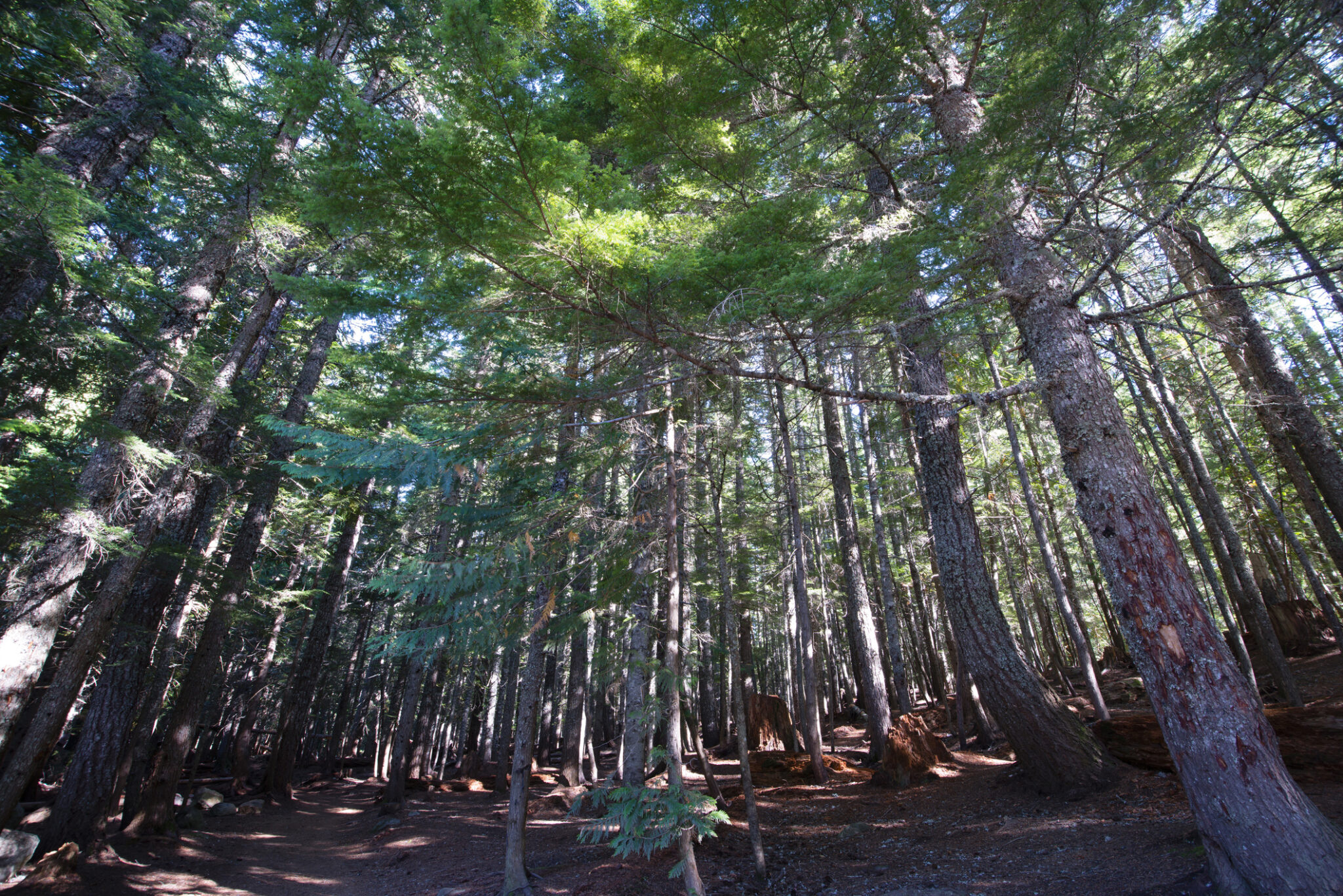Bioeconomy

WHAT IS THE FOREST BIOECONOMY?
What is a Bioeconomy?
The bioeconomy uses renewable biological resources from land and sea—such as fish, forests, and micro-organisms—to produce energy, food, and value-added materials.
A forest bioeconomy encompasses traditional sectors such as forestry, paper and wood products, as well as new emerging industries such as textiles, chemicals, new packaging and building products, biopharma, and services related to these products— and forest services spanning recreation, hunting, tourism, carbon storage, biodiversity. A circular bioeconomy maintains the value of products, materials, and resources as long as possible, and minimizes generation of waste—while sustainably managing forests.
In the last decade, the bioeconomy has taken on a much larger role, with strategies and policies designed around the world to support its development. At the beginning of 2018, a quarter of the world’s countries (49) were pursuing bioeconomy development in their policy strategies. The most significant emerging wood-based product markets are in construction, textile, chemical, and biofuel industries, and a number of small upstream niche markets such as cosmetics, food additives, and pharmaceuticals. Industry boundaries are flexible, as chemical, energy, and forest industries use some of the same feedstocks and develop products for the same markets.

Maine’s Transition to a Forest Bioeconomy
Maine is 90% covered by one of the most advanced, productive, and sustainable resource imaginable: the forest—the highest percentage of any state.
Maine’s forests grow naturally, sequestering carbon, and provide habitat for wildlife, and recreation for residents and tourists. Forests provide a critical anchor for the state’s economy. Forest outputs can be made into a staggering array of advanced and eco-friendly products. In a world that is seeking renewable resources to replace petroleum-based products, Maine has an abundance of forests, and the technology to convert them into environmentally responsible alternatives.
Today, technology, globalization, and shifting consumer demands are bringing change and new opportunities to Maine’s traditional forest economy. While some markets have declined, the forest products sector remains a critical component of Maine’s economy. But, like all manufacturing businesses, production has shifted to higher-demand products, and even newer products are on the horizon. A changing climate, and the need for new, more efficient technologies offers tremendous opportunities for Maine’s wood products sector.
In response, we are building the next generation of the great Maine forest bioeconomy. To nurture this bioeconomy, we celebrate the many values of forests and sustainably manage them for the future. We are finding value in every part of the tree, reducing waste and reliance on fossil fuels, and contributing to climate and environmental protection. Woody biomass from forest residuals are the most abundant and promising raw material for biobased manufacturing right now.1
From cross-laminated timber, a substitute for carbon-intensive steel, to bio-fuels to wood-based insulation products, Maine is poised to be a leader in innovative forest products spanning construction, biochemicals and biofuels, and biomaterials, in addition to updated applications in paper and packaging. Maine has the opportunity to meet the significant consumer demand on the eastern seaboard, all within a day’s drive of our state.
Maine forests have the attributes that businesses and investors seek in renewable forest endeavors:
- Largest contiguous privately-owned working forest in the US: 16.3 million acres
- More than 50% certified sustainable
- Strong supply of moderately priced softwood raw material
- Well-established forest industry infrastructure that can sustainably produce 13 million tons of wood per year
- Leading world-class forestry school and forest products R&D facilities: University of Maine
- Highly experienced workforce trained in pulp and paper industry and advanced manufacturing transferable to biobased manufacturing
- Proximity to the largest consumer market in the world: US eastern seaboard
- Deepwater ports offer direct shipping to Europe and around the world
- Thriving tourism, hospitality, and outdoor recreation sectors